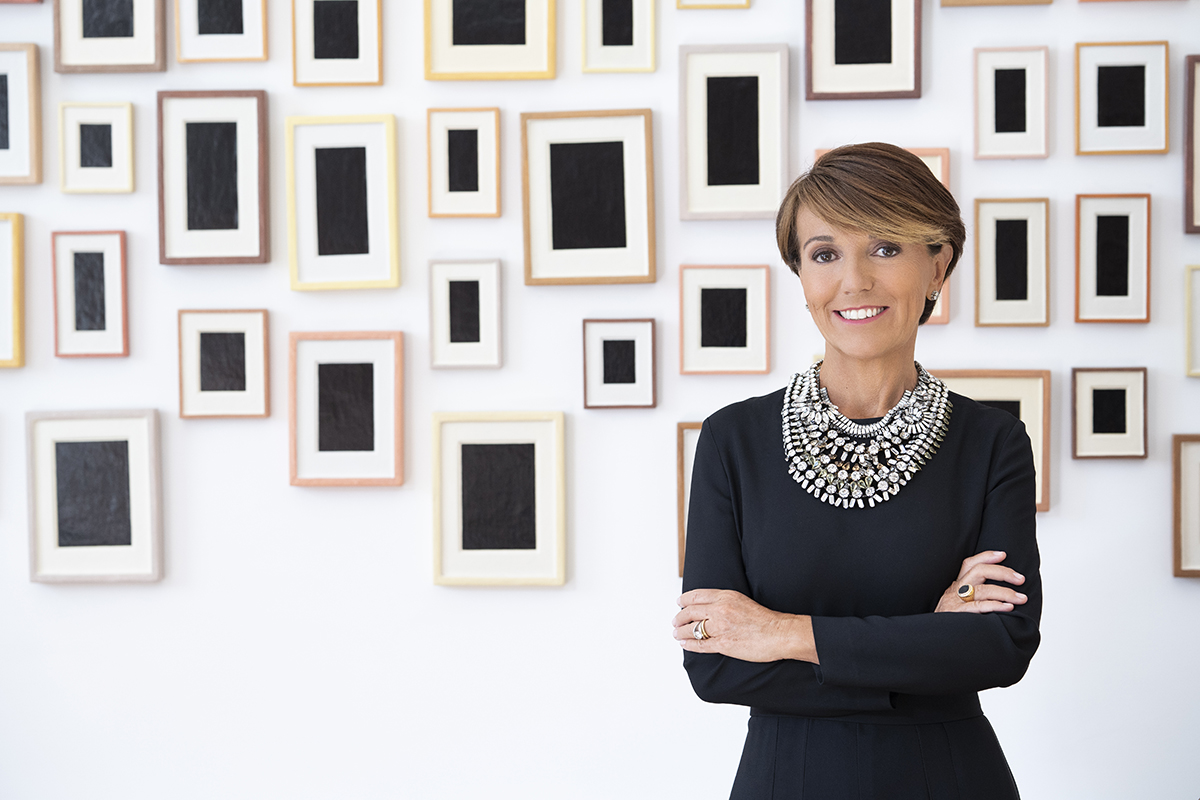
Patrizia Sandretto Re Rebaudengo
In the first part of our Italy art focus series, curated by Umberta Beretta, LUX speaks to Patrizia Sandretto Re Rebaudengo who founded her fondazione in Turin in 1995. Today, the extraordinary initiatives of Patrizia Sandretto Re Rebaudengo include transforming an abandoned Venetian island into a beacon for art and ecology
LUX: What was the first artwork you bought?
Patrizia Sandretto Re Rebaudengo: Anish Kapoor’s Blood Stone. It was on a trip to London in 1992 that changed my life.
LUX: What drives you to support art education?
PSRR: When we started in the 1990s, contemporary art received little attention in Italy. Education defines the fondazione’s identity and builds awareness of contemporary art in Italy. We offer a rich programme for schools, families and vulnerable people, and we train teachers. Our Young Curators Residency Programme sees three international graduate curators curate a joint exhibition from the work of artists they meet in Italy during a three-month stay. This develops curatorship and places Italian art in a global context. Campo is a similar course we have for Italian graduates.
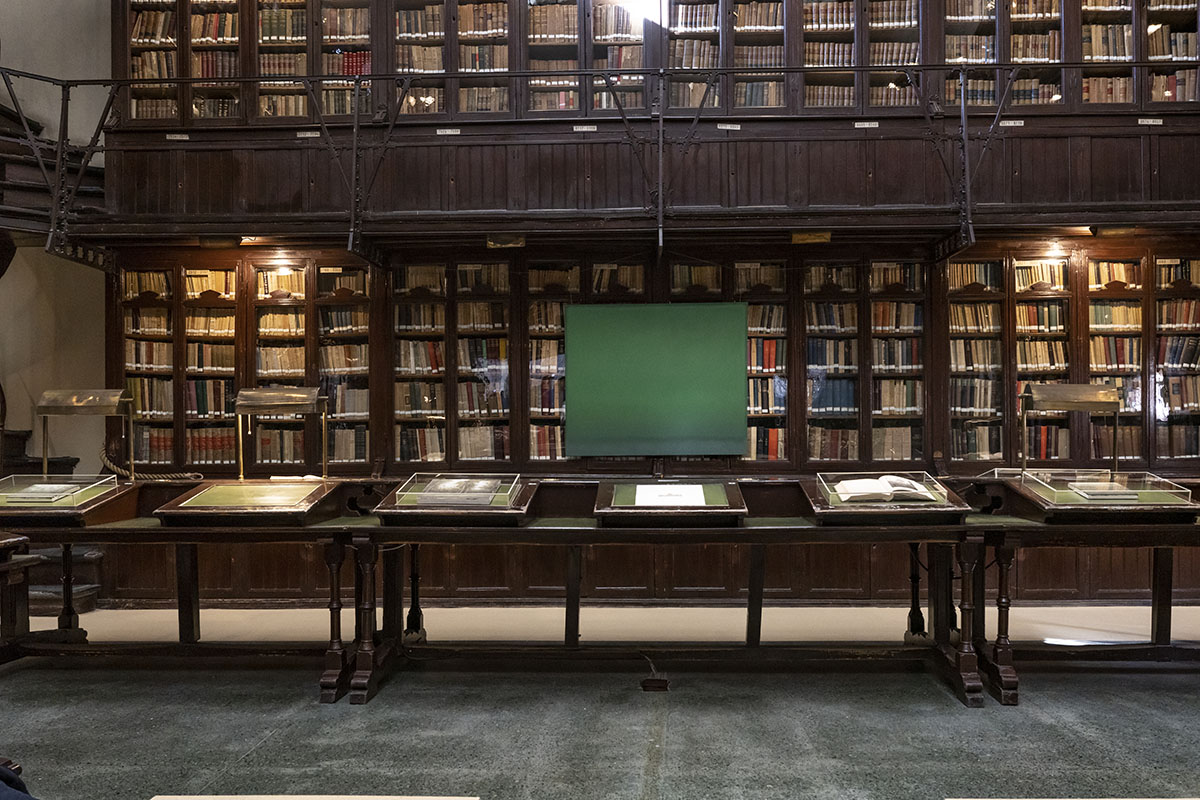
A view of the Lucas Arruda exhibition at the Ateneo de Madrid
LUX: What are ArtColLab and Verso?
PSRR: ArtColLab is our non-profit project to produce collaborations between artists and designers in order to help widen engagement in art – for example, Nicholas Kirkwood and Paul Kneale created beautiful limited edition shoes. Verso focuses on empowering people aged 15 to 29 in democratic processes. It is an experimental, poetic pedagogical model of exhibitions, workshops and more, on themes of citizenship, inclusion and the collective construction of possible futures.
Follow LUX on Instagram: luxthemagazine
LUX: Tell us about your philanthropy in Spain.
PSRR: I love Spain and we established the Fundación Sandretto Re Rebaudengo Madrid in 2017. Madrid is a global capital and a bridge to Latin America. The fundación is now nomadic. We presented Lucas Arruda at the Ateneo in Madrid in 2023 and we’ve also brought the Young Curators Residency Programme to Spain.
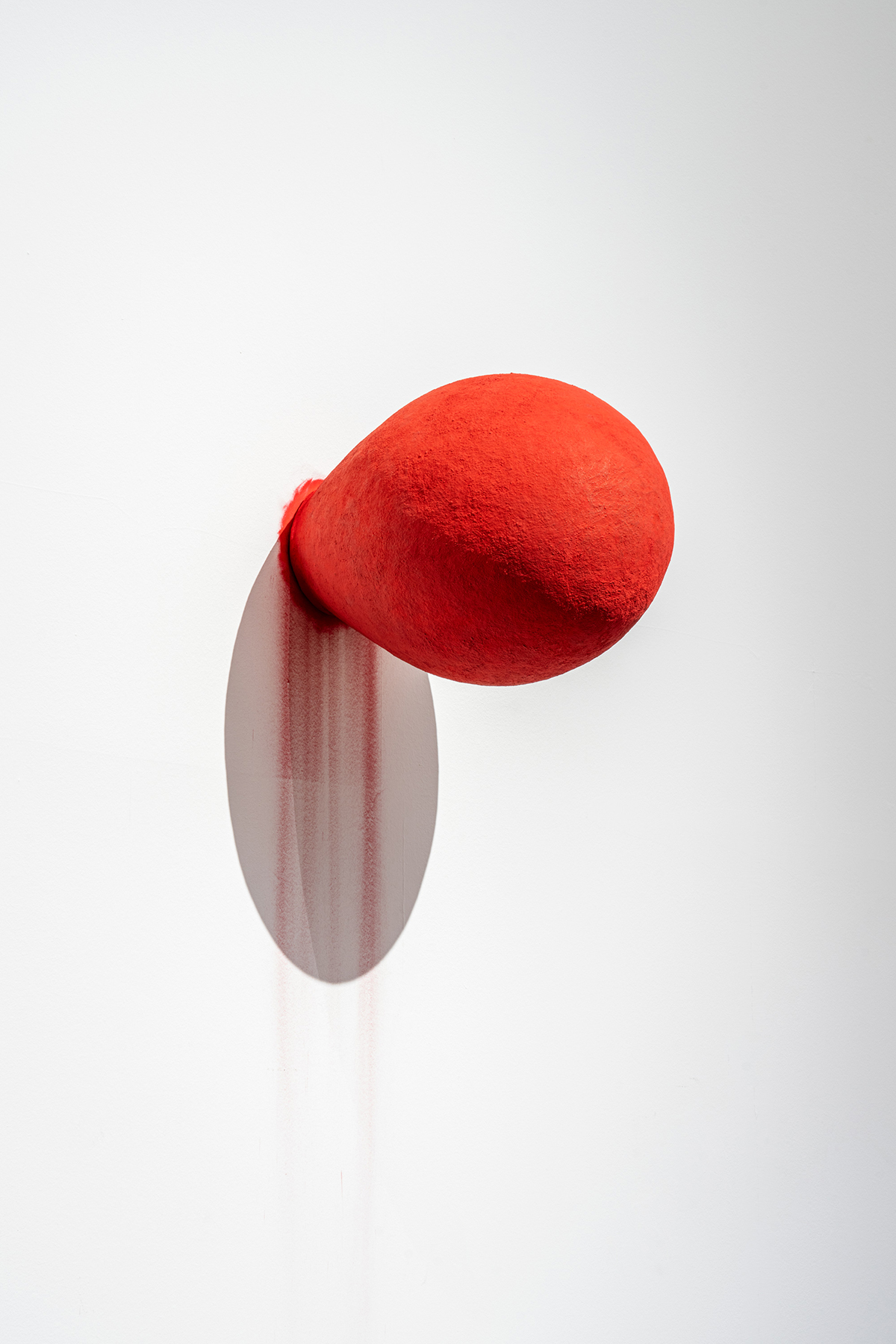
1000 Pieces, 1983, by Anish Kapoor
LUX: Who are the artists exciting you today?
PSRR: Globally, they include the painters Michael Armitage and Lynette Yiadom-Boakye, and the work of Josh Kline, Marguerite Humeau, and Klára Hosnedlová. In Italy, works by Giulia Cenci, Giulia Andreani, Guglielmo Castelli and Ludovica Carbotta have joined the collection.
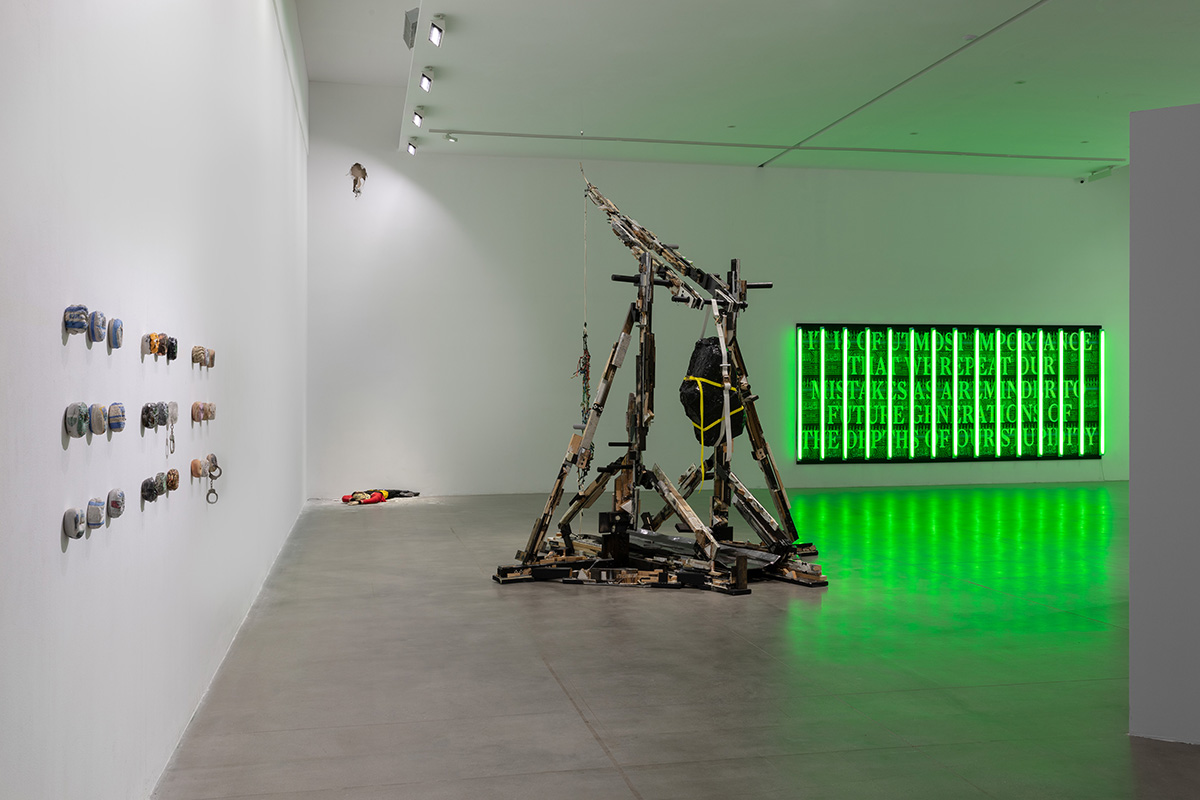
Installation view of Rough Rides, Police States, Broken Windows, 2015, by Josh Kline; Vandal Lust, 2011, and Slavs and Tatars, Mystical Protest, 2011, both by Andra Ursuţa, at the fondazione’s recent show, “Backwards Ahead”
LUX: What is the San Giacomo recovery project?
PSRR: This island, a military site abandoned for more than 60 years, will become an outpost of dreams, a place to produce and show art, and host research and discourse on contemporary culture.
Read more: Italy Art Focus: Umberta Beretta
With its delicate lagoon ecosystem, we will implement principles of sustainability and energy transition there. The fondazione will enable San Giacomo to become a meeting place for artists, environmentalists and the public.
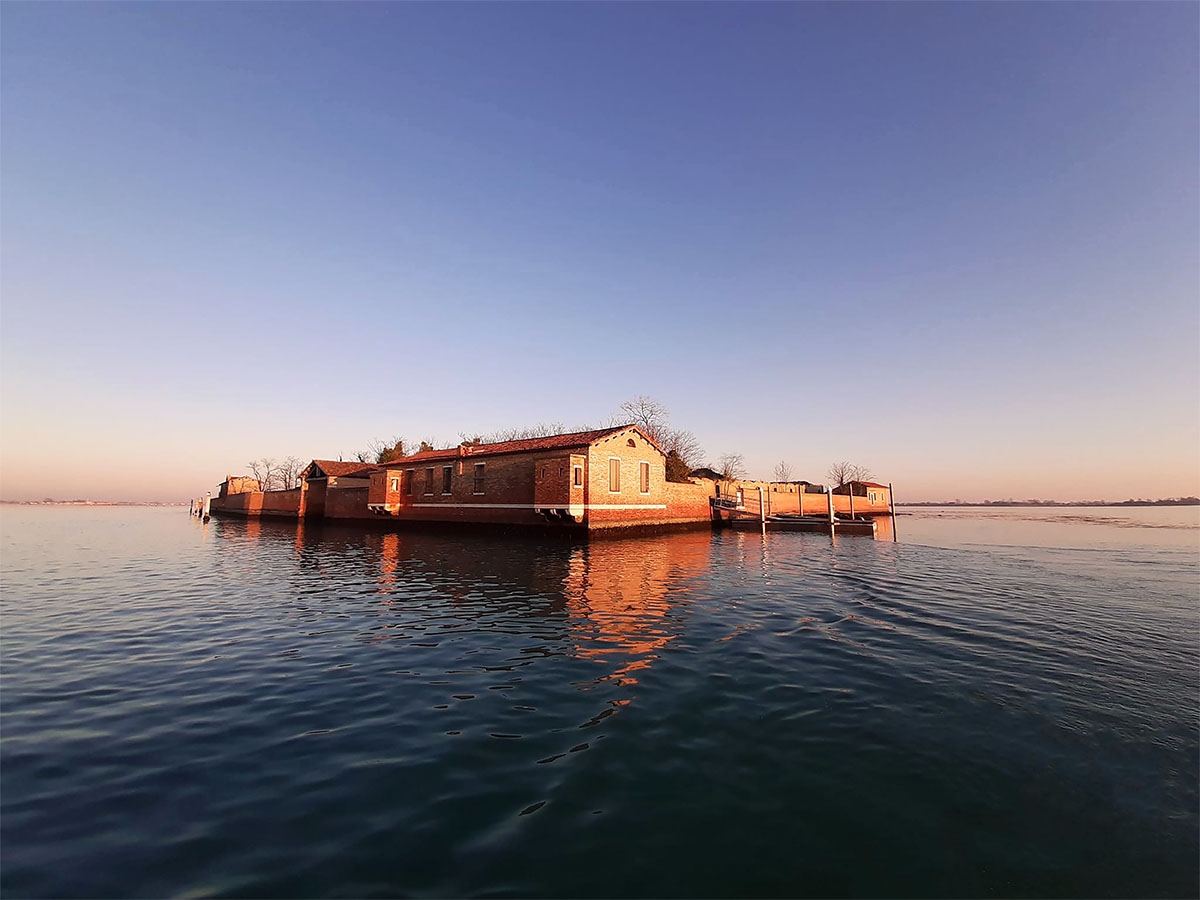
The isola San Giacomo, which has been a pilgrim refuge, a place of quarantine and a military site, is being transformed by the fondazione in the name of art
LUX: What will be your legacy?
PSRR: I hope I am giving back to the community what I have been fortunate to learn during 30 years in contemporary art. Time passes and I think of my two sons, who are also passionate about art, so I am building something that will take on new shapes with future generations.
This article comes from a section of a wider feature originally published in the Autumn/Winter 2023/24 issue of LUX



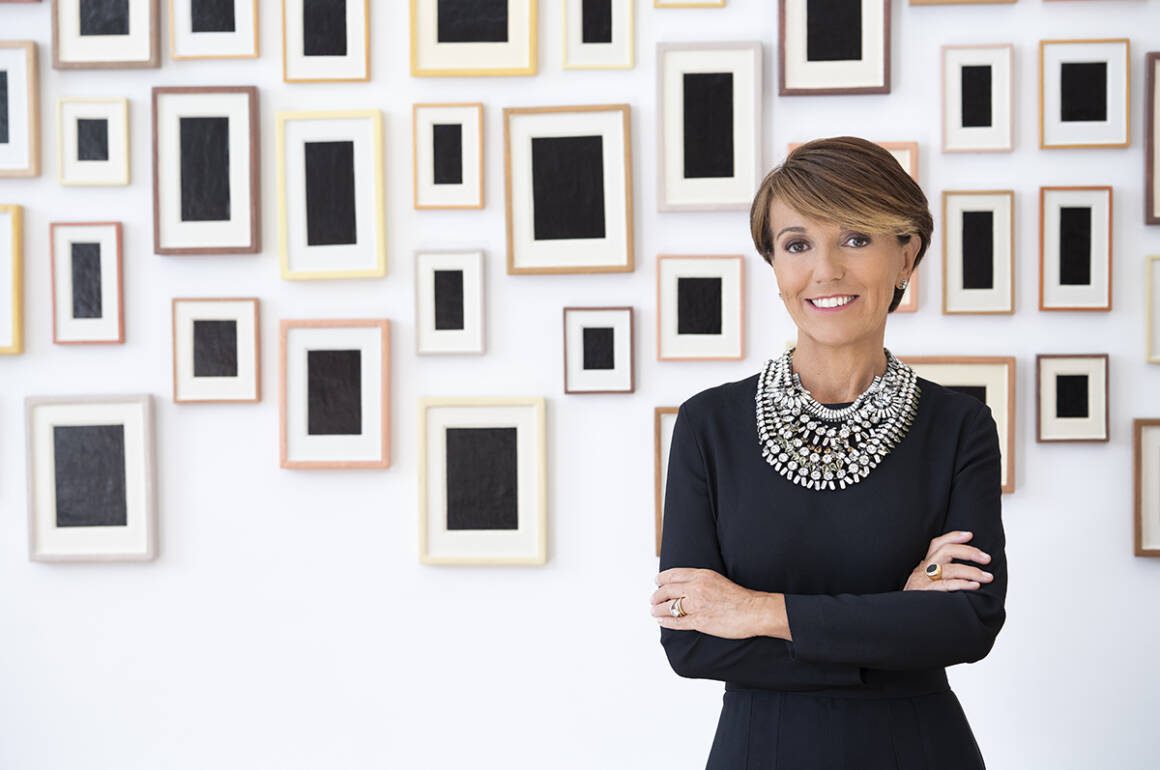
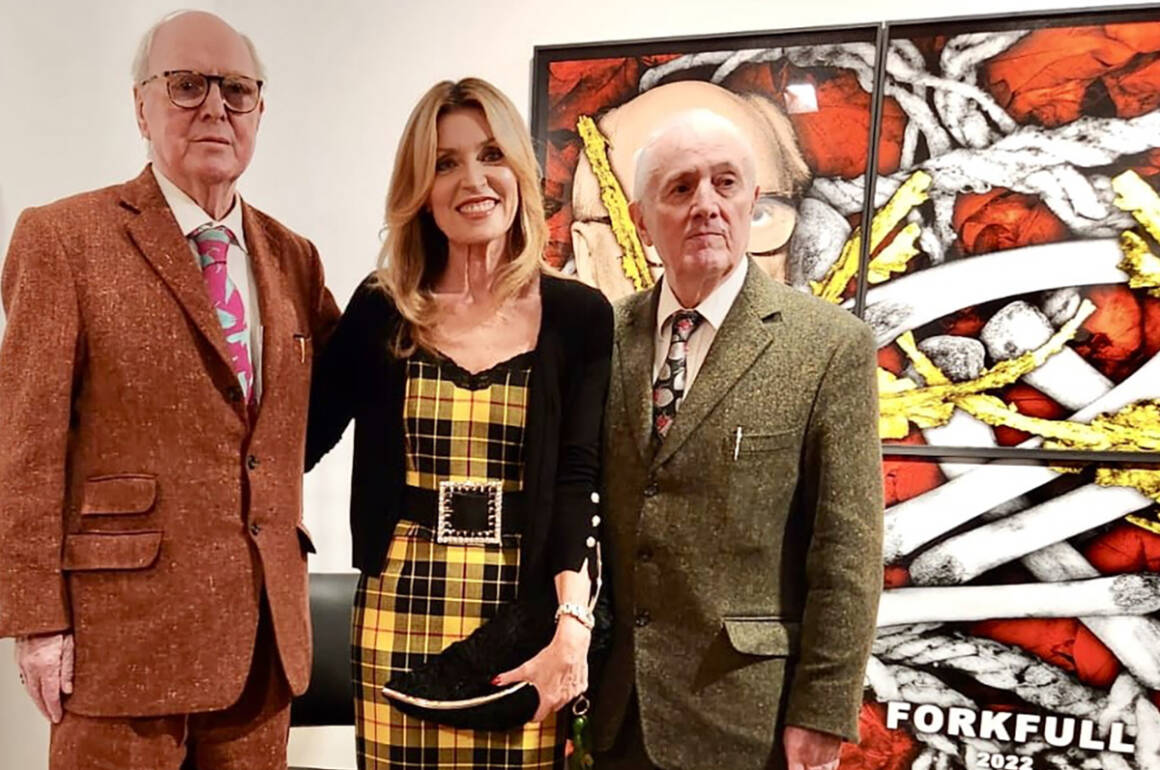
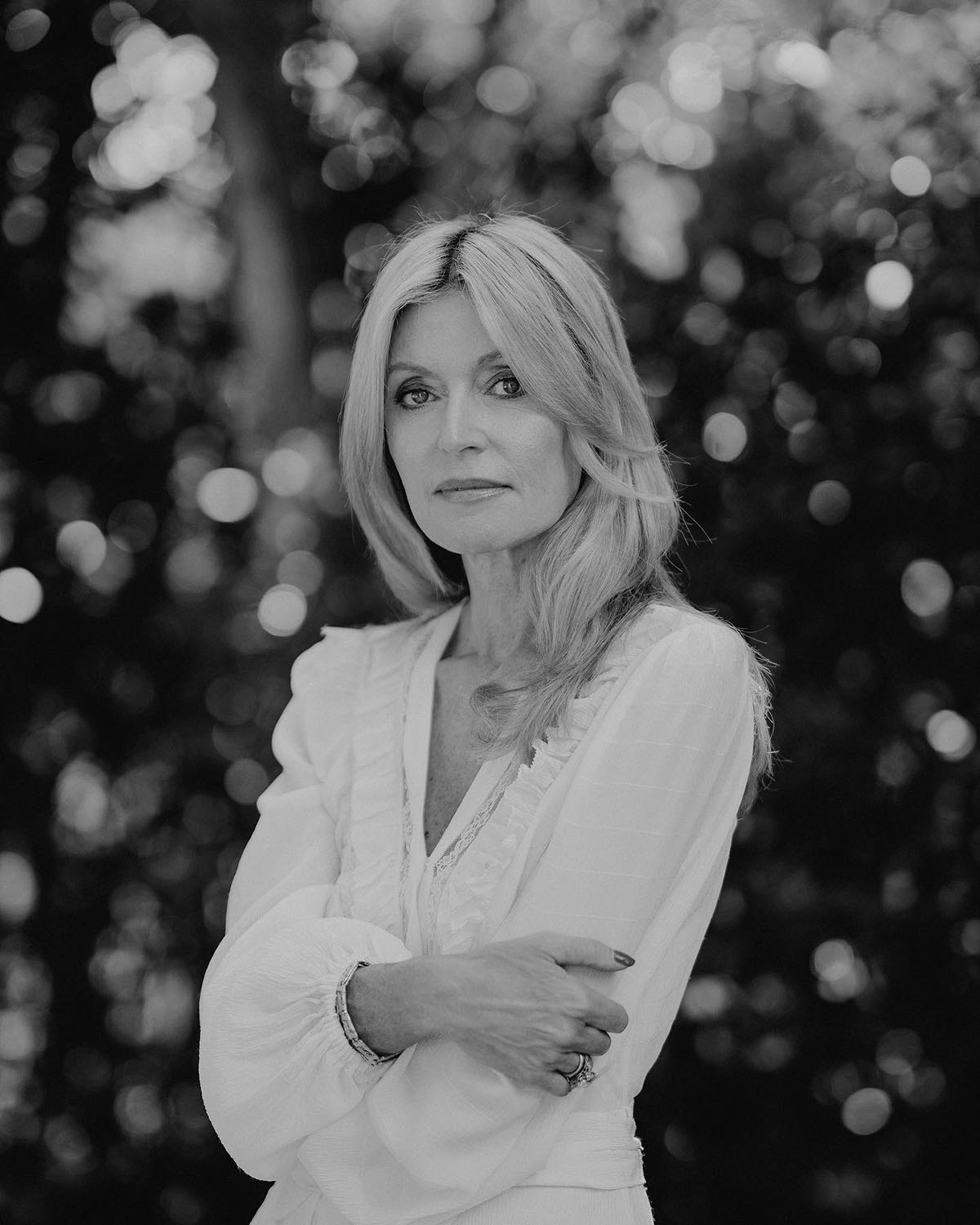
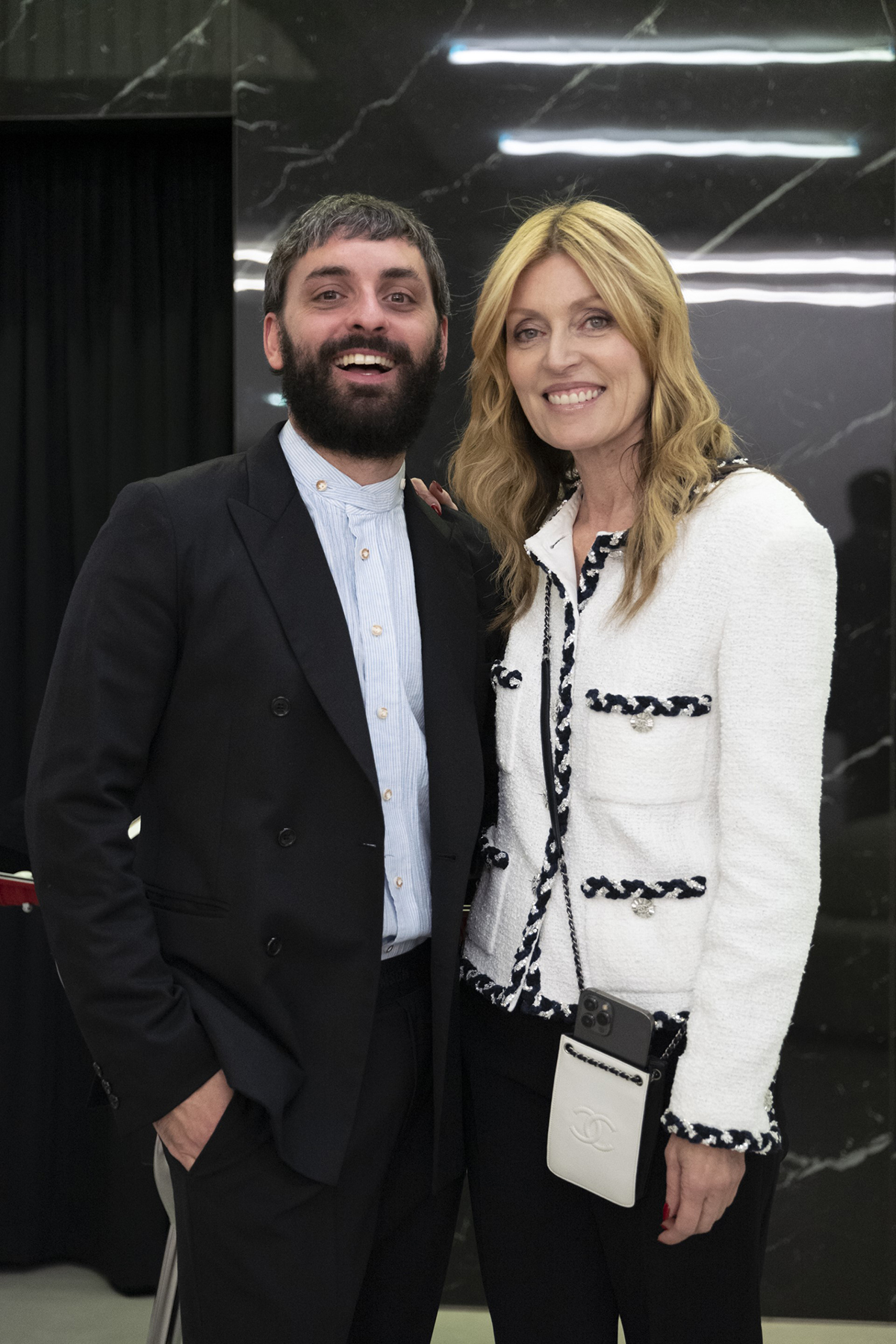
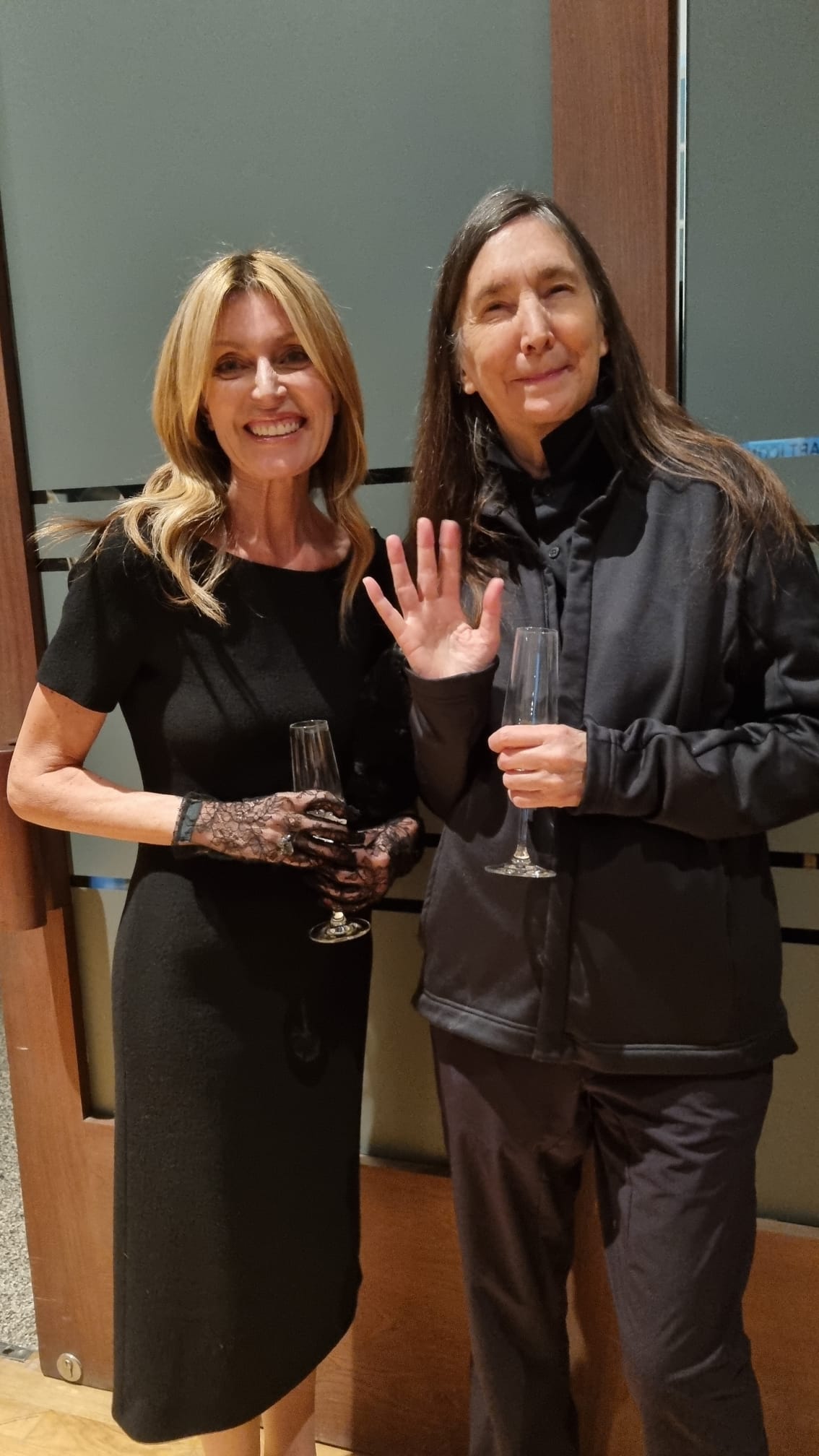
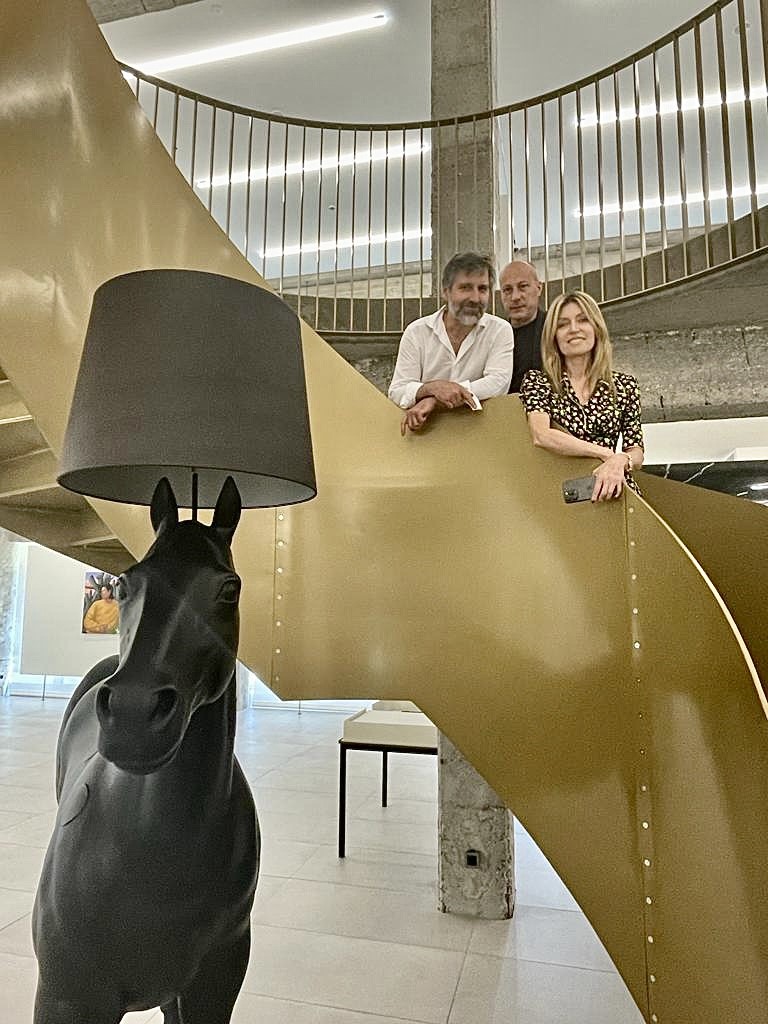
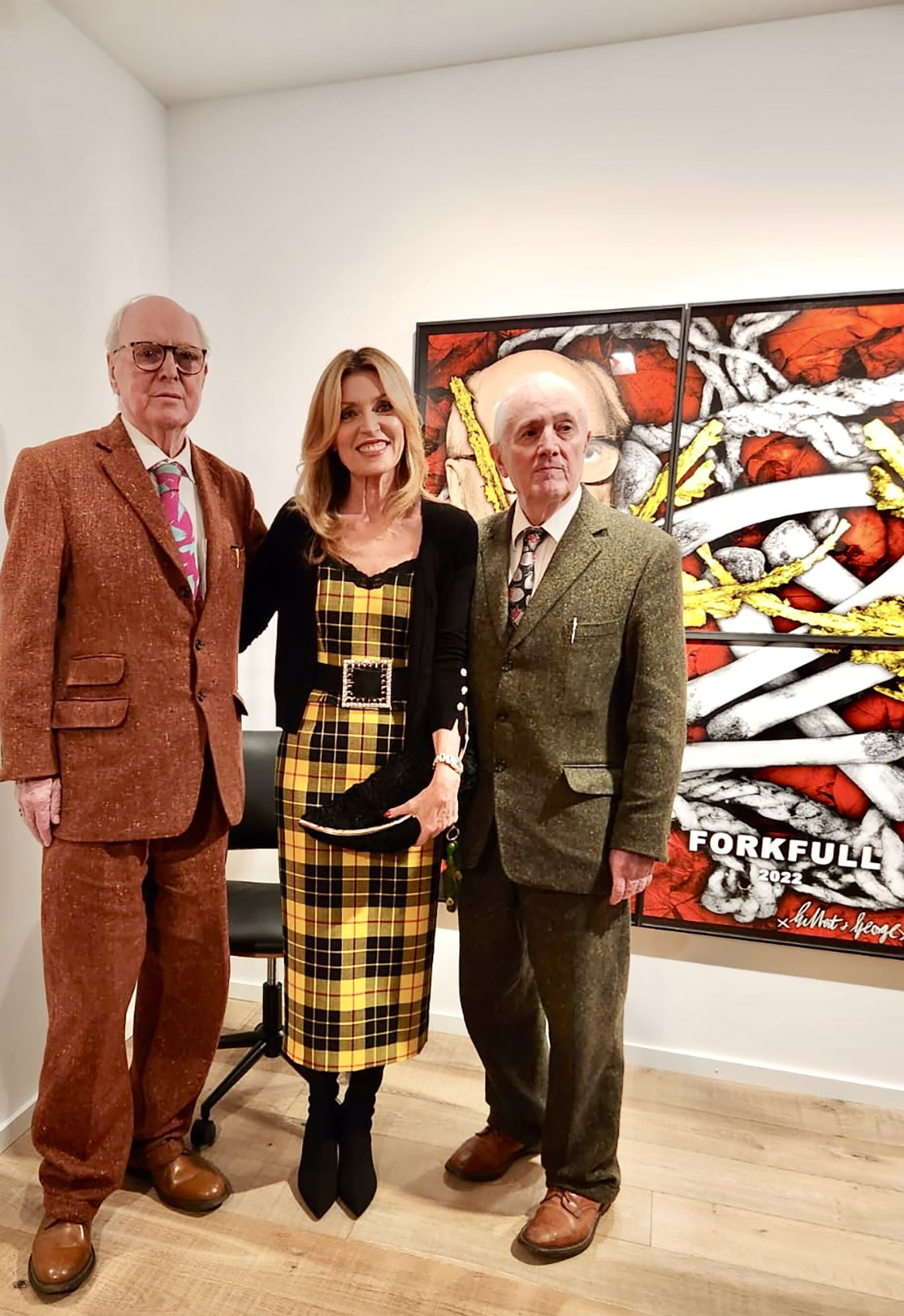





Recent Comments